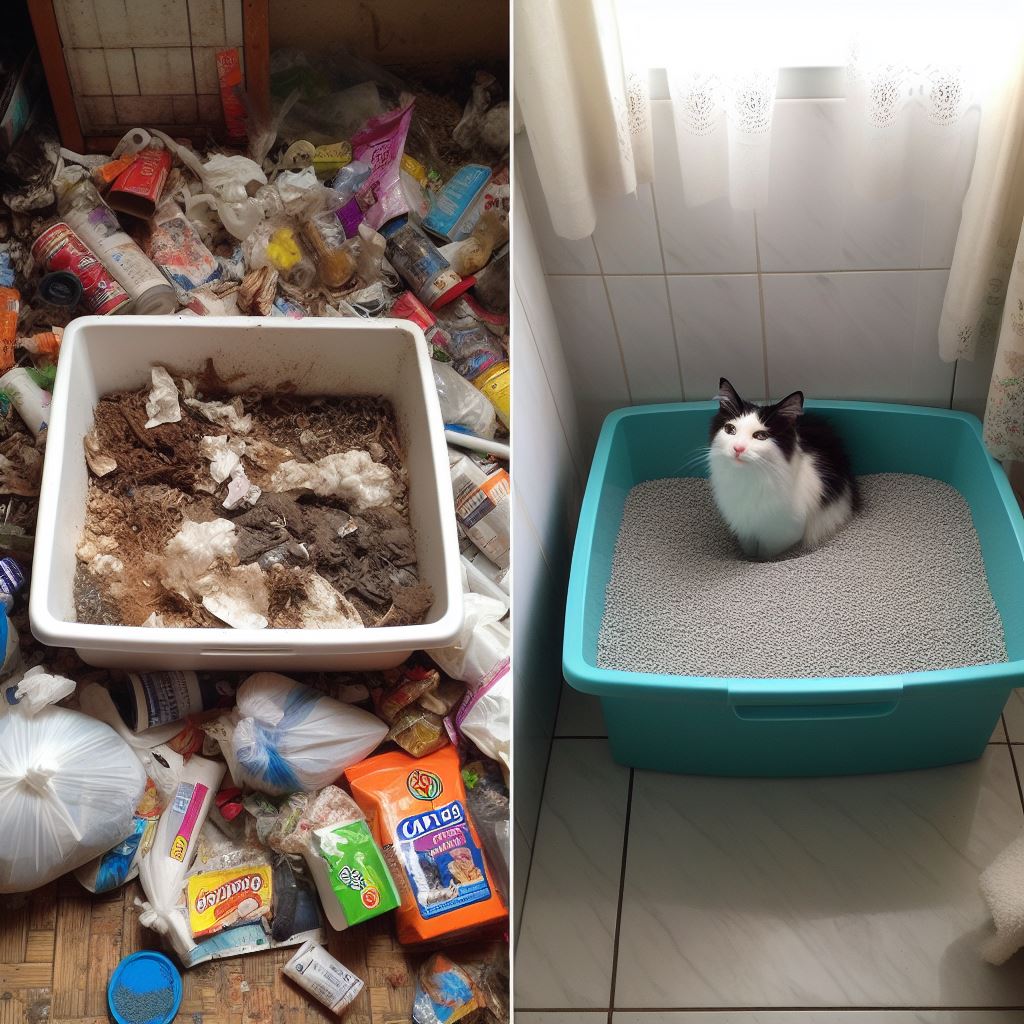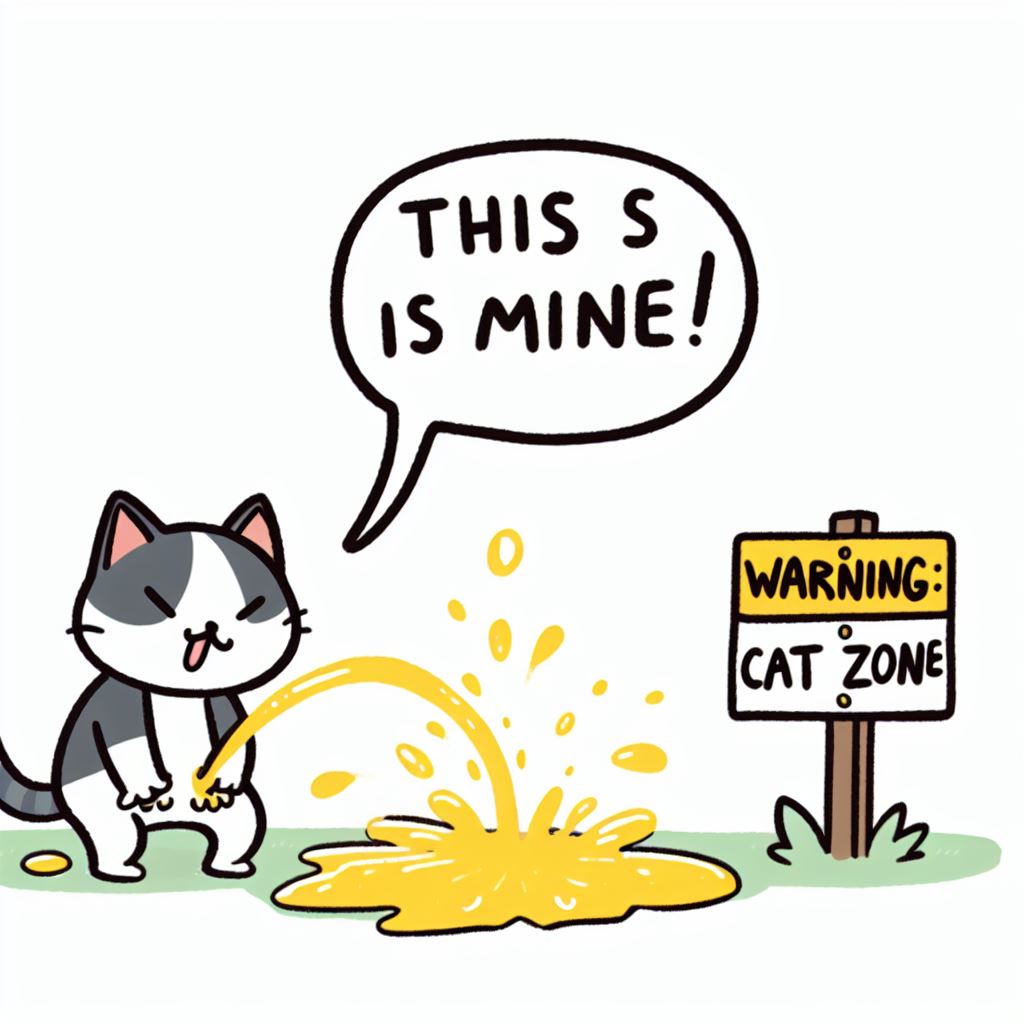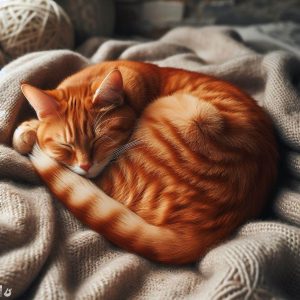Dealing with a cat peeing on your bed, couch, or other furniture can be incredibly frustrating. As a cat owner, you want your furry friend to feel comfortable and eliminate in their proper litter box. When they start urinating outside of it, especially on your furniture, it causes stress for both you and your cat.
The good news is that cat pee on your couch or bed is a solvable problem. By understanding the potential causes and implementing proven solutions, you can stop this undesirable behavior. With some detective work, patience, and adjusted care, your cat can once again be using their litter box consistently.
Common Causes of Cat Peeing on Beds and Couches
There are several possible reasons why your cat may be urinating on soft surfaces like beds and couches instead of their litter box. Here are some of the most common causes:
Medical Issues

Cats don’t pee outside their litter box without reason. One of the first things you should do is take your cat to the vet for a thorough checkup. There are various medical conditions that can cause increased urination or the inability to make it to the litter box in time, including:
- Urinary tract infection (UTI) – This bacterial infection of the bladder or urethra causes increased urgency and frequency of urination. It’s extremely uncomfortable and makes it difficult for a cat to hold their urine.
- Kidney disease – Kidney disorders can increase thirst and urine production. This overwhelms the litter box and causes accidents.
- Diabetes – Similar to kidney disease, diabetes increases thirst and urination frequency. Cats may drink and pee more without proper blood sugar regulation.
- Inflammation – Conditions like cystitis or urethritis cause inflammation of the urinary tract, increasing urgency and frequency.
- Bladder stones – Crystals or stones in the bladder cause blockages and discomfort during urination.
- Incontinence – Some cats, usually older ones, develop incontinence and leak urine involuntarily.
- Cognitive decline – Dementia or cognitive issues in senior cats may cause litter box accidents.
Litter Box Problems

Cats can be very picky about their litter boxes. If the box is dirty, too small, or set up in a high-traffic area, they may opt to pee elsewhere. Common litter box frustrations include:
- Infrequent cleaning
- Strong ammonia odor
- Small box size
- Uncomfortable litter texture
- Covered box that traps smells
- Location next to food, water or noisy appliances
- Competition with another cat
Stress and Anxiety

Cats are sensitive creatures of habit. When their routine or environment changes, they can become stressed. This stress can physically manifest as litter box avoidance. Triggers may include:
- New people or pets in the home
- Construction, renovations or moves
- Loud noises like thunderstorms or fireworks
- Aggressive cats outside looking in
- Pet sitters while traveling
- Children or other pets bothering them during litter time
Marking Territory

Some cats urinate on beds, couches, and other soft surfaces to mark their territory, especially if another cat enters their space. Even seeing an outdoor cat through a window can trigger this marking behavior.
Attention-Seeking
Believe it or not, some smart cats realize that peeing on furniture gets a big reaction from their owners. To get attention, even if it’s negative, they continue the behavior. This is more common in homes with multiple animals and children.
Tips to Stop Cat Peeing on Beds and Couches
Now that you know why your cat may be peeing on soft surfaces, here are some top tips to solve the problem:
Rule Out Medical Problems
The first step is always a veterinarian visit to diagnose and treat any underlying medical conditions causing the accidents. No behavioral solutions will work if your cat has an untreated infection, inflammation, or cognitive decline.
Clean Soiled Areas Thoroughly
Use an enzyme cleaner formulated to remove pet urine and odors. Vinegar, hydrogen peroxide, and baking soda also help eliminate odors. Allow the area to fully dry before allowing your cat access again. Restrict access if needed while retraining.
Review Litter Box Setup
Assess the number, size, cleanliness, and location of litter boxes in your home. The general rule is one more box than the number of cats, in quiet low-traffic areas. Scoop daily and replace litter weekly. Try different litters to see if your cat has a preference. Add or remove covers if needed.
Reduce Stress Triggers
Determine what environmental, social, or household changes could be causing your cat stress. Minimize loud noises, hide litter boxes from outdoor cats, use calming plugins, give them “safe spaces” to retreat to, etc. Keep their routine consistent when possible.
Clean Accidents with Enzyme Cleaner
Even after an accident has dried, the urine odor remains detectable to cats and encourages repeat urination. Use an enzymatic pet odor remover designed to permanently eliminate odors and stains.
Use Deterrent Sprays
Try spraying areas like couches and beds with pet-safe deterrent sprays containing citrus or mint oils. These strong smells discourage cats from urinating there. Just be sure to test fabrics first for staining.
Restrict Access
If your cat keeps peeing on a particular couch or bed, use crates, baby gates, or closed doors to restrict access when you cannot supervise. This can help retrain them to use the litter box instead.
Consider Anxiety Medications
For severe anxiety or stress that leads to marking or inappropriate elimination, your vet may recommend anti-anxiety medications or synthetic pheromone plugins to help relax your cat.
Increase Playtime and Enrichment
More exercise and mental stimulation helps relieve anxiety and stress that can manifest as litter box issues. Increase interactive playtime, provide puzzle toys, let them view outdoor birds, give cat trees/perches, etc. A tired, entertained cat is less likely to pee around the house.
Use Repellent Foils/Mats
Lay aluminum foil or upside-down vinyl carpet runners on furniture when you’re away. The textures are unpleasant to walk on and discourage cats from jumping up. Double-sided sticky mats for furniture also deter them from peeing in unwanted spots.
Clean Litter Box More Frequently
For cats who refuse to use a dirty litter box, you may need to scoop solids at least once a day and change the litter every few days. Use bleach or other natural deodorizers to deep clean boxes weekly. This keeps the scent and texture appealing so cats want to use it.
Use Behavioral Modifications
You can actively shape your cat’s behavior through positive reinforcement training and mods like placing food bowls or catnip near litter boxes. Reward them with treats when they use the box properly. Ignoring accidents and praising appropriate elimination teaches them where to go.
Try Cat Attract Litter
Some litters have herbal extracts, pheromones, or scents designed to attract cats and encourage regular use. Brands like Dr. Elsey’s Cat Attract work for some finicky cats who avoid normal litter. It’s worth trying various specialty litters to see if one entices your cat.
Add More Litter Boxes
Some cats need more options, so give them litter box choices in a few quiet locations. Make sure the boxes are different styles, with and without lids. Having multiple accessible boxes prevents accidents from happening before they can reach one preferred box.
Use Synthetic Feline Pheromones
Feliway and other pheromone diffusers mimic cats’ natural facial pheromones to create a comforting environment. Plug them in near litter boxes and pee-prone areas to help control marking and encourage appropriate elimination spots. Talk to your vet about whether synthetic pheromones could help your cat.
Dealing with a cat who pees on beds, couches and other inappropriate locations can be frustrating. But in most cases, the problem can be solved with a combination of veterinary treatment for underlying causes, environmental modifications to reduce stress, and retraining to encourage consistent litter box use. With some detective work and patience, you can get your feline friend back to peeing where they should.
Conclusion
Cats urinate outside their litter box for several common reasons, including medical issues, litter box discomforts, stress and anxiety, territorial marking, and attention-seeking behavior. By identifying the underlying cause in your cat, you can implement tailored solutions to retrain them and stop the peeing on furniture. Medical treatment, litter box adjustments, pheromones, deterrents, and positive reinforcement can help to resolve inappropriate urination issues. With consistency and commitment to meeting your cat’s needs, you can have a harmonious home once again.




